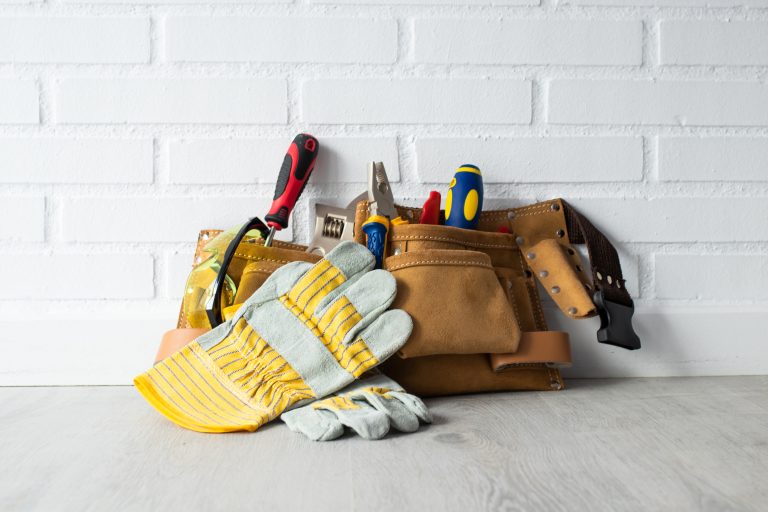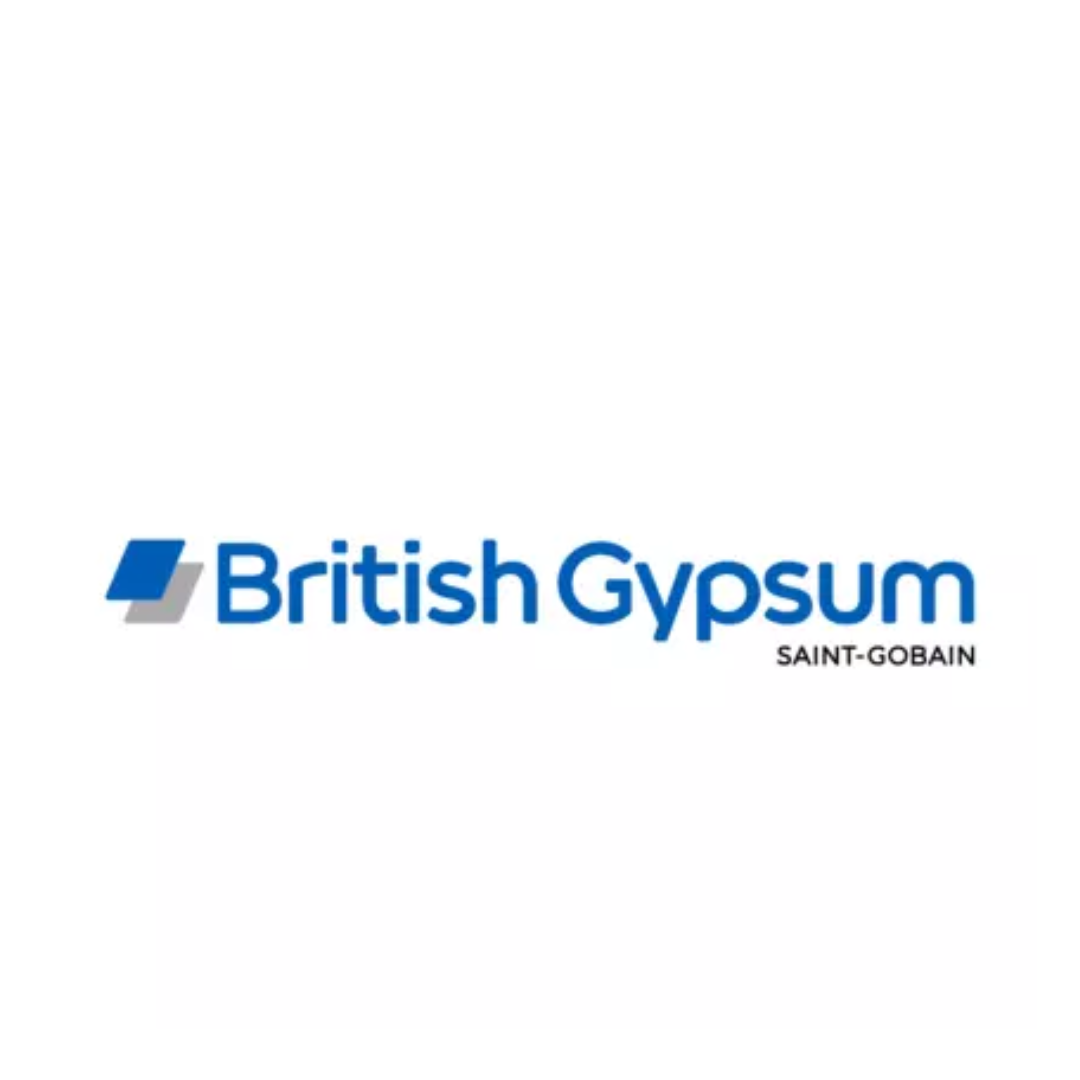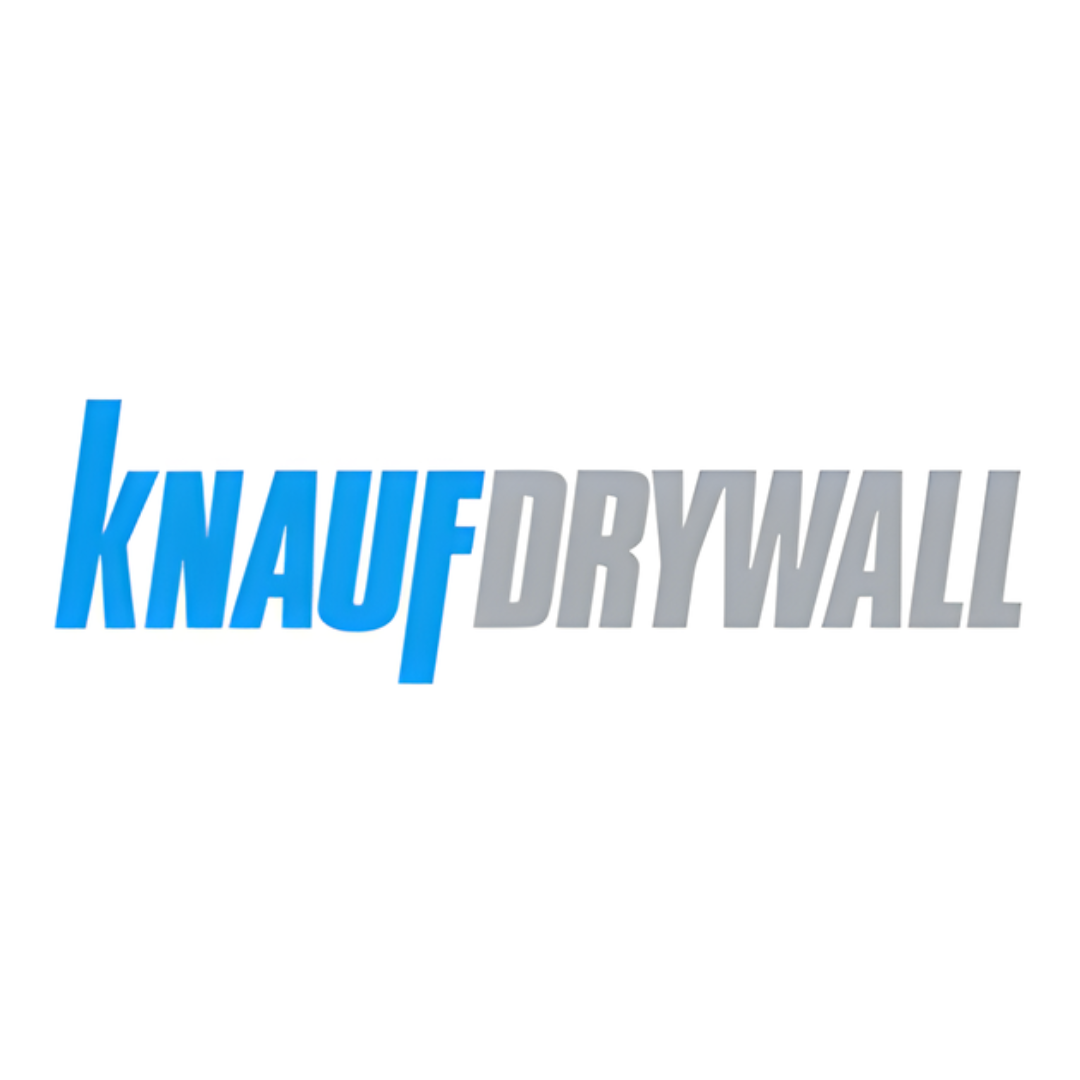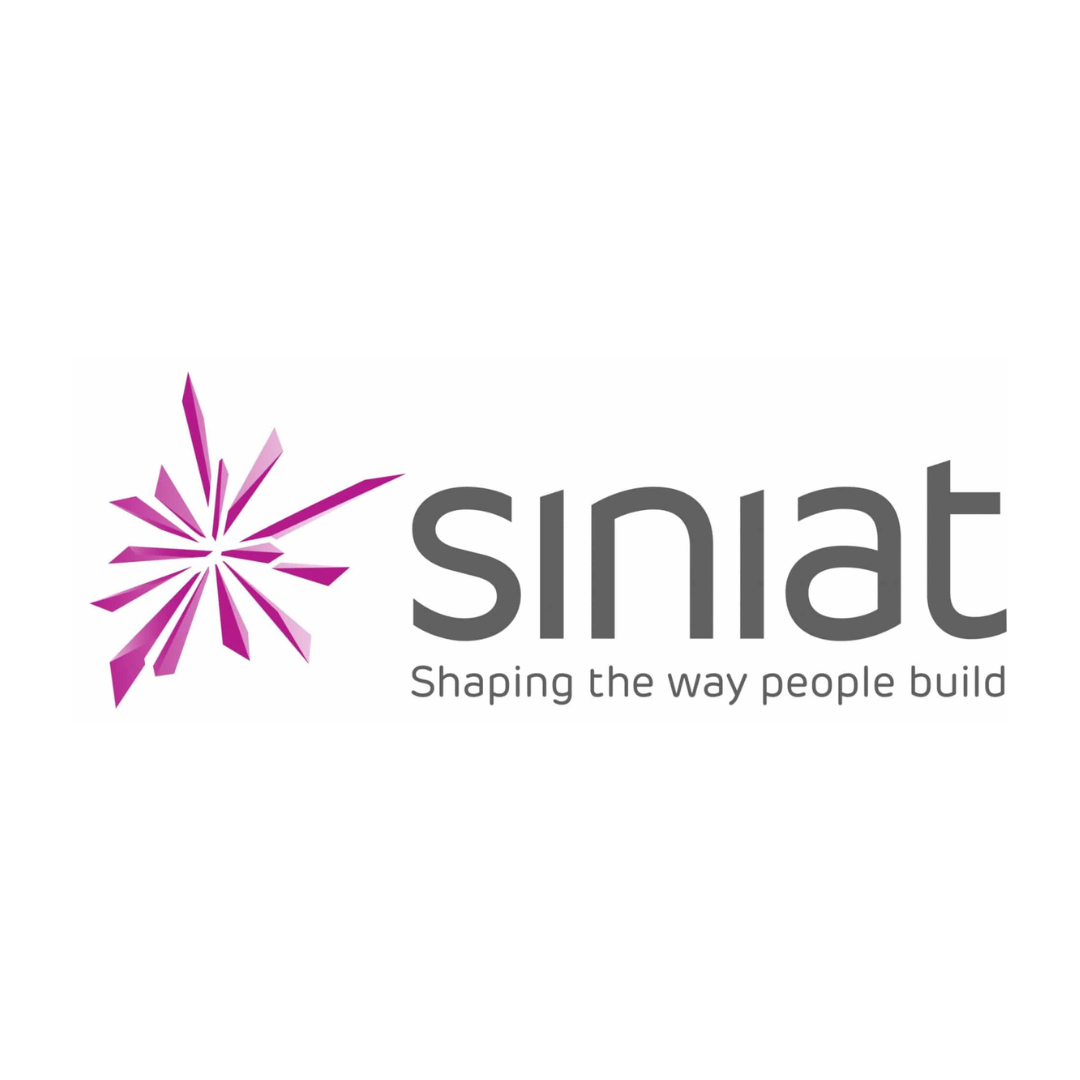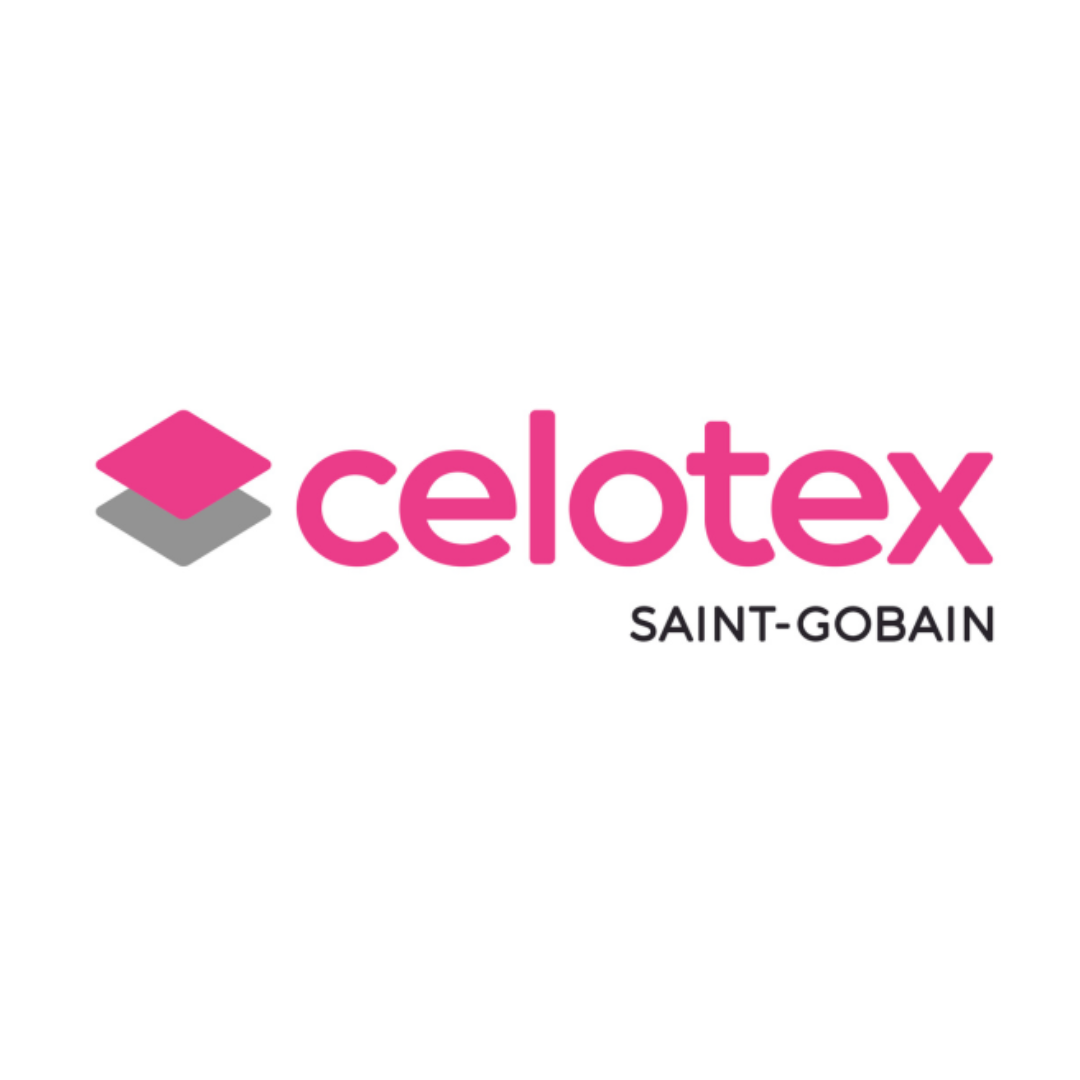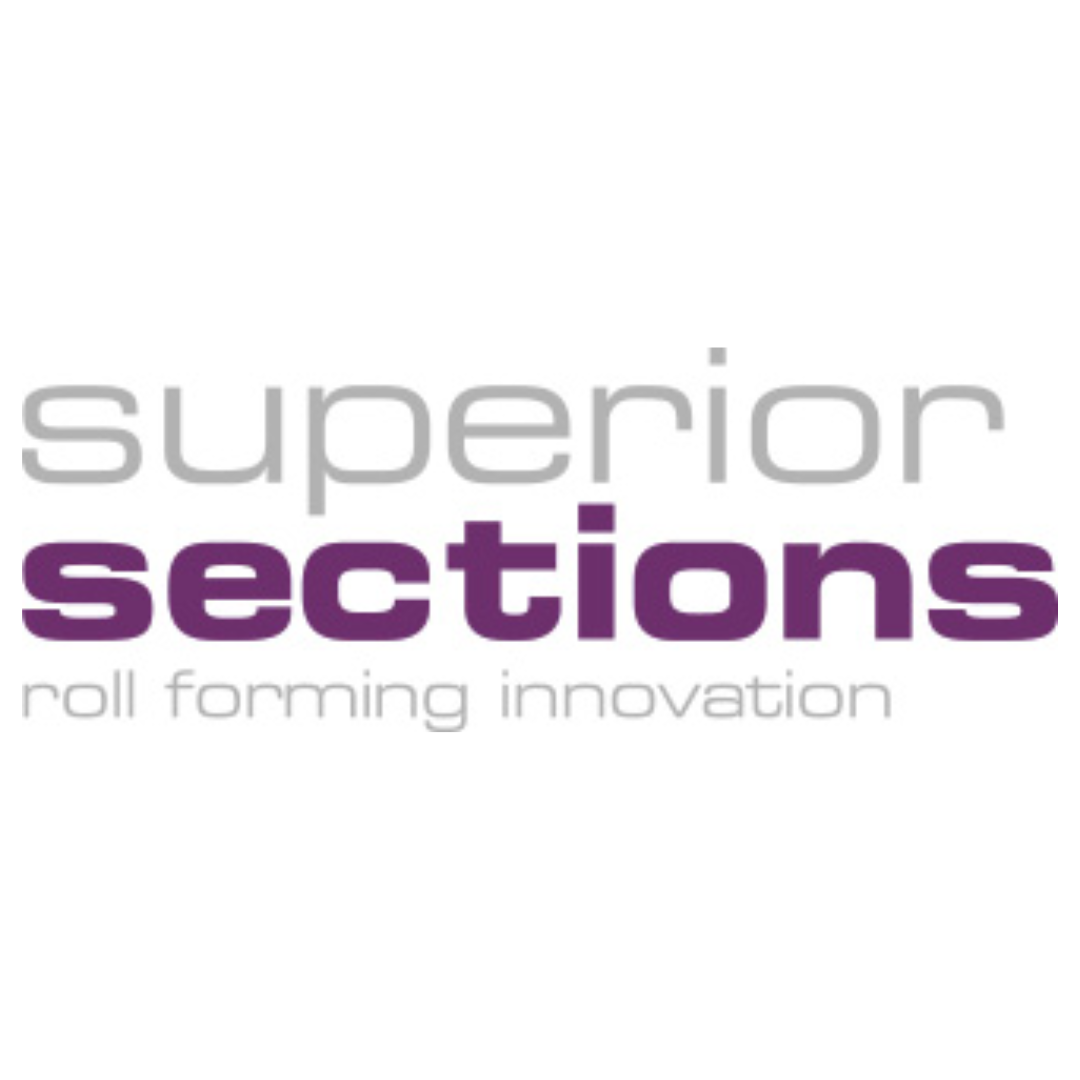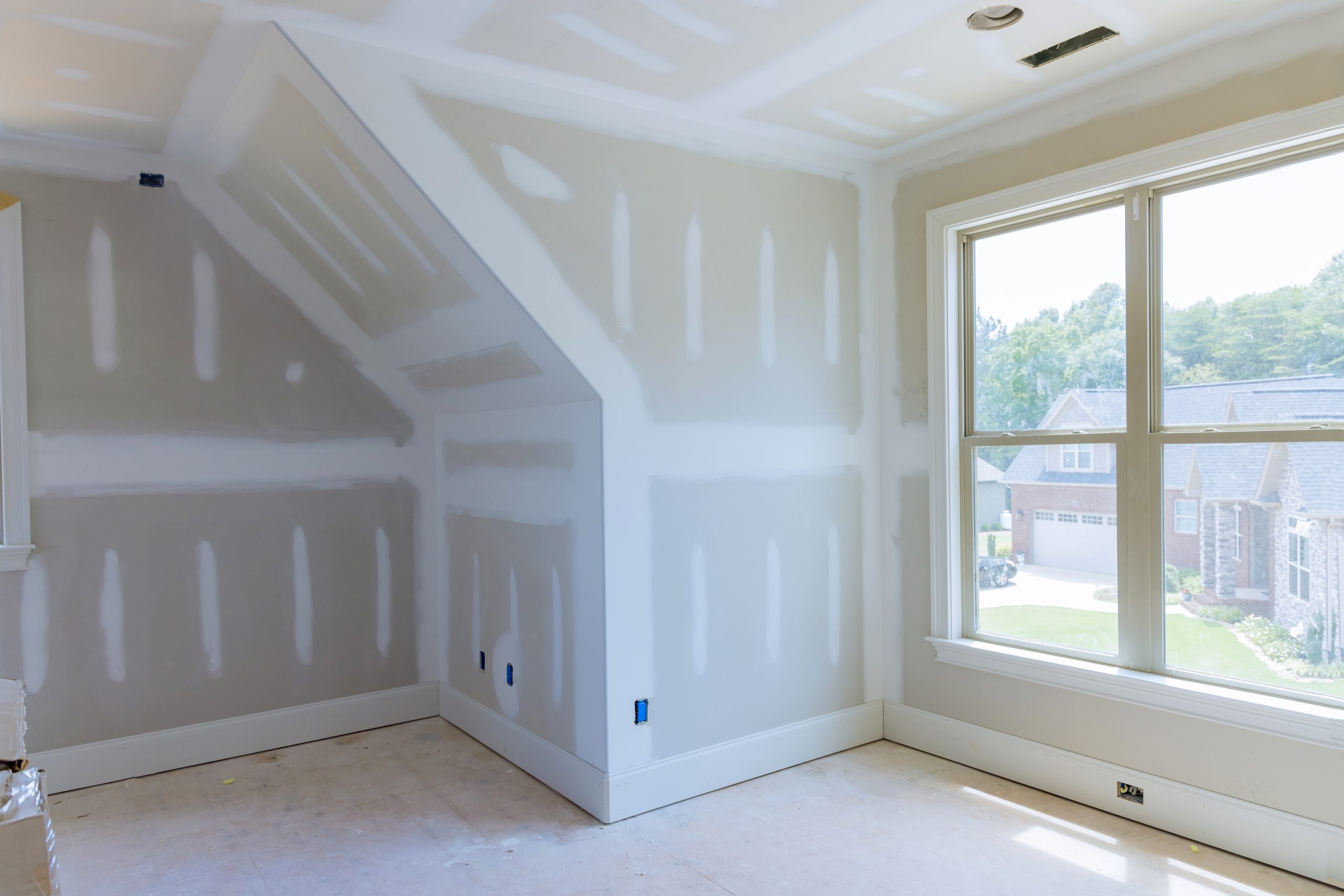
Standard plasterboard: These versatile gypsum boards, such as 2400 x 1200 x 12.5mm Wallboard Square Edge and Tapered Edge, are the most common for creating smooth, level surfaces on walls, partitions, and ceilings.
Insulated plasterboard (thermal laminate): Also known as "warm boards," these combine plasterboard with a layer of insulation like PIR foam for enhanced thermal performance. Examples include 2400 x 1200 x 50mm Celotex Thermal Insulated Plasterboard and Gyproc Thermaline EIR 2400 x 1200 x 53mm.
Moisture-resistant plasterboard: With water-repellent additives in their core, these boards are identifiable by their green paper lining. They are ideal for high-humidity areas like kitchens and bathrooms. A common product is 2400 x 1200 x 12.5mm Gyproc Moisture Resistant Plasterboard.
Fire-resistant plasterboard: These boards contain glass fibre and other additives in their core for improved fire protection. They are typically identifiable by their pink paper lining. 2400 x 1200 x 12.5mm Gyproc Fireline Square Edge Plasterboard is an example.
Plasterboard adhesive: Used in the "dot and dab" method to bond plasterboard to solid walls. British Gypsum Gyproc DriWall Adhesive, Bonding Compund are a popular option.
Fixings for plasterboard: These include a range of hardware designed for different applications.
Drywall screws: Used for fixing plasterboard sheets to metal or timber frames.
Drywall plugs/anchors: Specialised fixings, such as those from Drywall screws, are available for hanging heavy objects on dry-lined walls.
Jointing compound and tape: Applied to the seams where plasterboards meet to create a seamless, smooth finish. Products like Gyproc EasiFill and Drywall Joint Scrim Tape are used for this.
Rigid insulation boards:
Brands like Kingspan and Celotex produce rigid foam insulation boards that can be installed behind the plasterboard to improve thermal performance. An example is Celotex GA4050 or GA4100 PIR Wall Insulation Board.
Vapour control layer (VCL):
A membrane is used to reduce condensation and prevent moisture damage within walls.
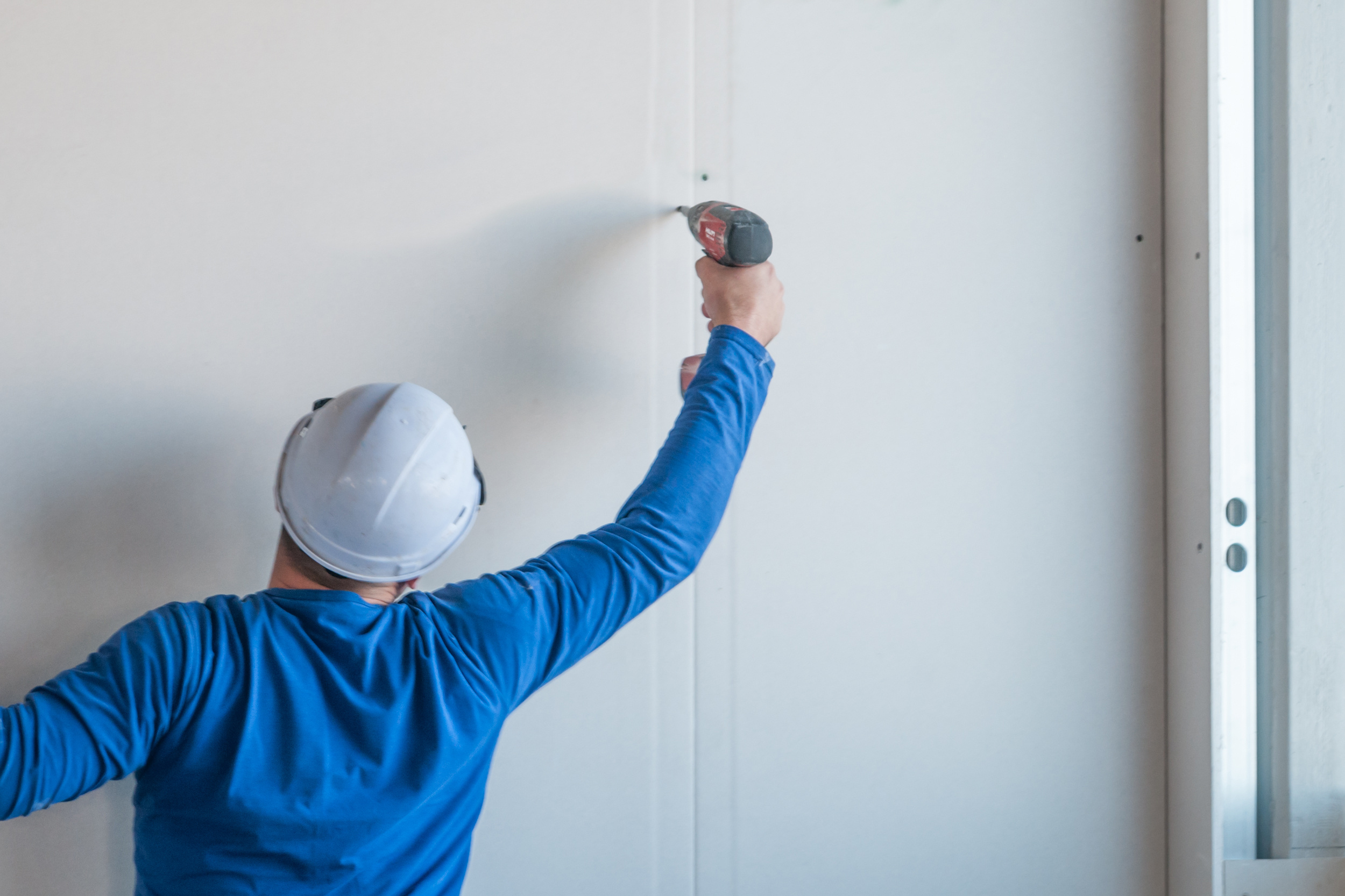
Cutting tools: A utility knife is used for scoring and snapping plasterboard, while a drywall saw is needed for making cut-outs for electrical sockets.
Measuring tools: A tape measure and a spirit level are essential for accurate installation.
Finishing tools: These include jointing knives, a drywall rasp for shaping edges, and a sander for preparing the surface for decoration.
